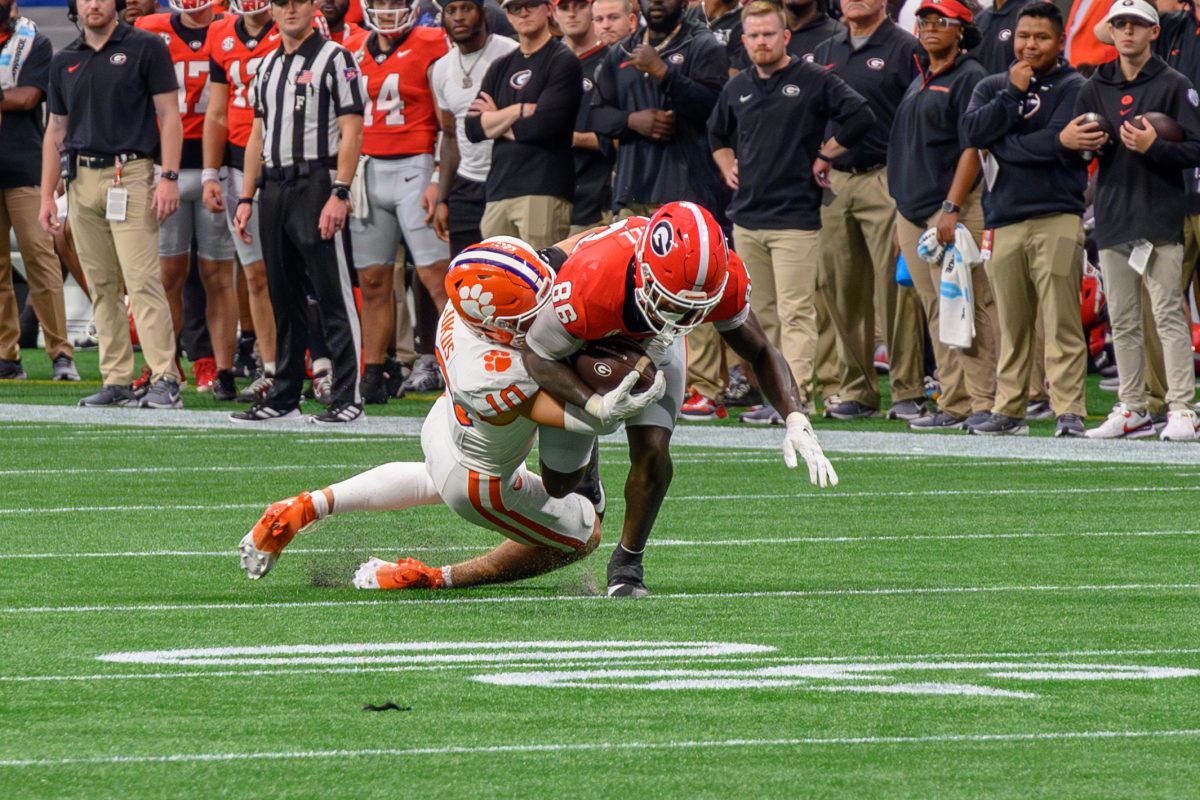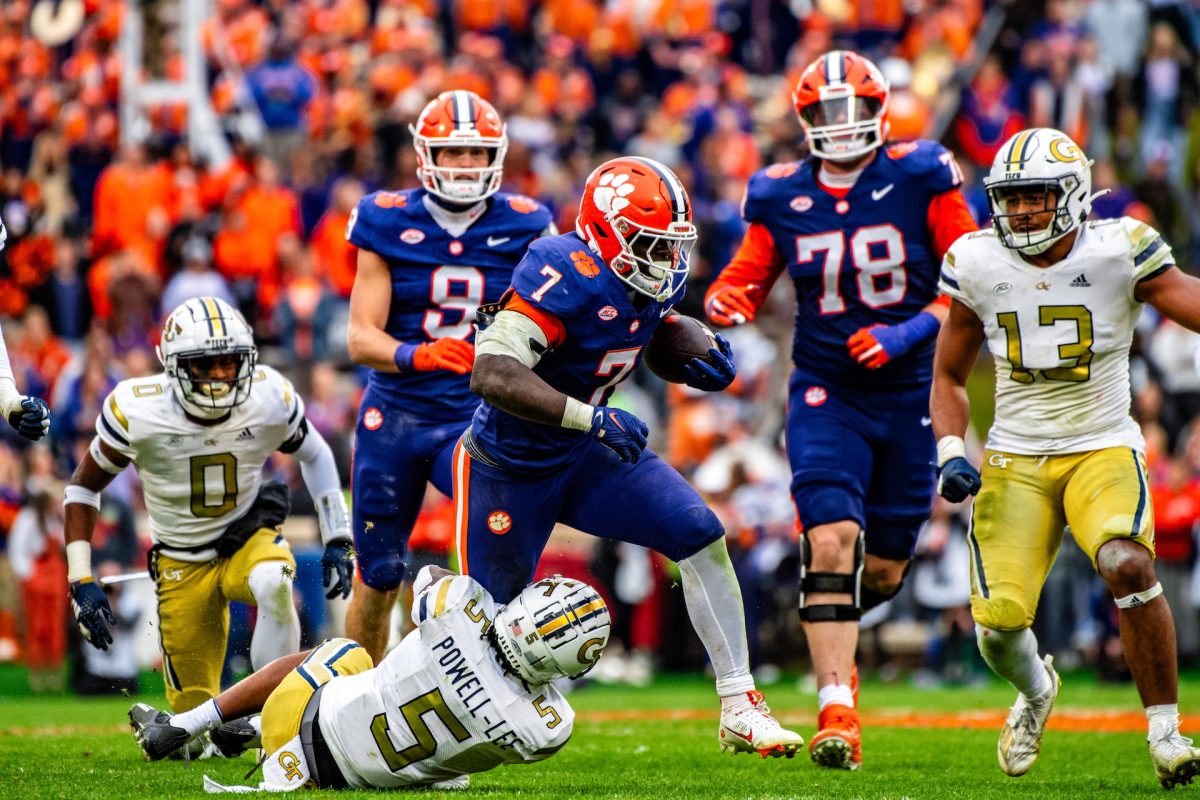The No. 14 Clemson Tigers fell to the No. 1 Georgia Bulldogs in a 34-3 defeat on Saturday in Atlanta. Football is a game of numbers, and although the score was not close, how close were the teams statistically?
One of the most telling stories of the game was the Bulldogs’ overwhelming efficiency in the passing game and red zone. Georgia quarterback Carson Beck completed 23 of his 33 attempts for a total of 278 yards and two touchdowns, while Clemson quarterback Cade Klubnik completed 18 of his 29 attempts for 142 yards and no touchdowns.
Beck’s efficient passing significantly impacted Georgia’s second-half scoring frenzy. It allowed the Bulldogs to be efficient in the red zone, scoring on all four of their trips, while Clemson only scored on one of their two trips.
Although the offensive statistics are widely different, as Georgia had 447 yards to Clemson’s 189, the defensive side of the ball was closer than the score tells. Clemson and Georgia were equal regarding tackling, as both teams had 50 tackles on the day. The Tigers also had the upper hand in pass breakups, with three to Georgia’s two.
However, Georgia set itself apart where it counted most with big defensive plays. Though they may not be far apart numerically, the difference between one interception, two sacks and six tackles for loss compared to Clemson’s zero interceptions, one sack and five tackles for loss is drastic.
But the on-field numbers were not the only stats that affected the outcome of the game, as Georgia’s use of the transfer portal allowed them to bring in help at many positions. The Bulldogs transferred 11 players in, while Clemson had zero transfers this offseason.
On top of transfers, Georgia has been historically dominant against Clemson with 44 wins, 18 losses and four ties against the Tigers. In the last 10 matchups between the teams, the Bulldogs are 8-2, with three straight wins against Clemson.
The world of college football is continuously developing, and the Tigers need to take a look at the numbers.











